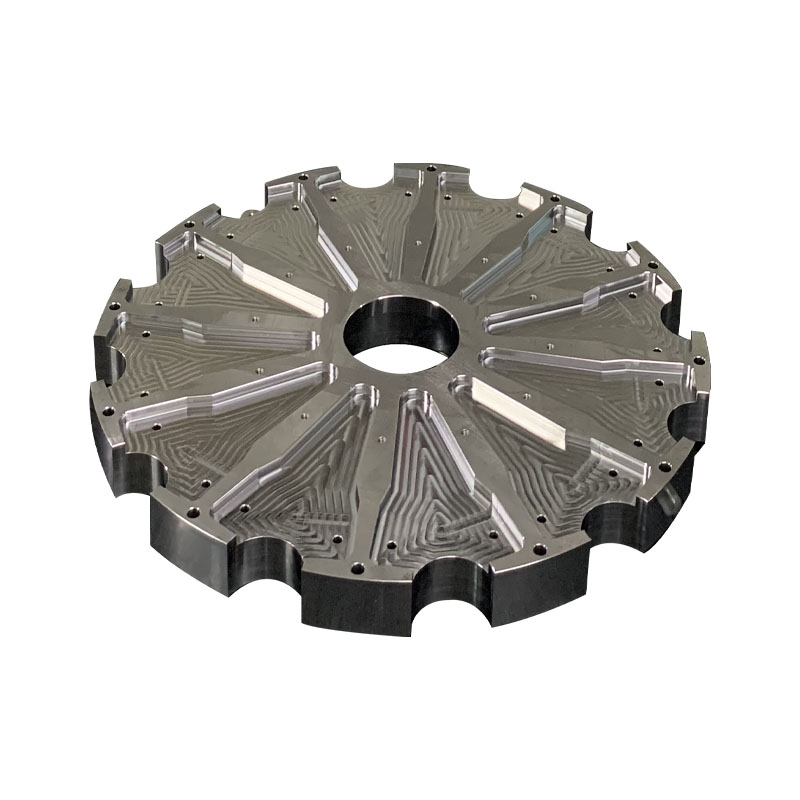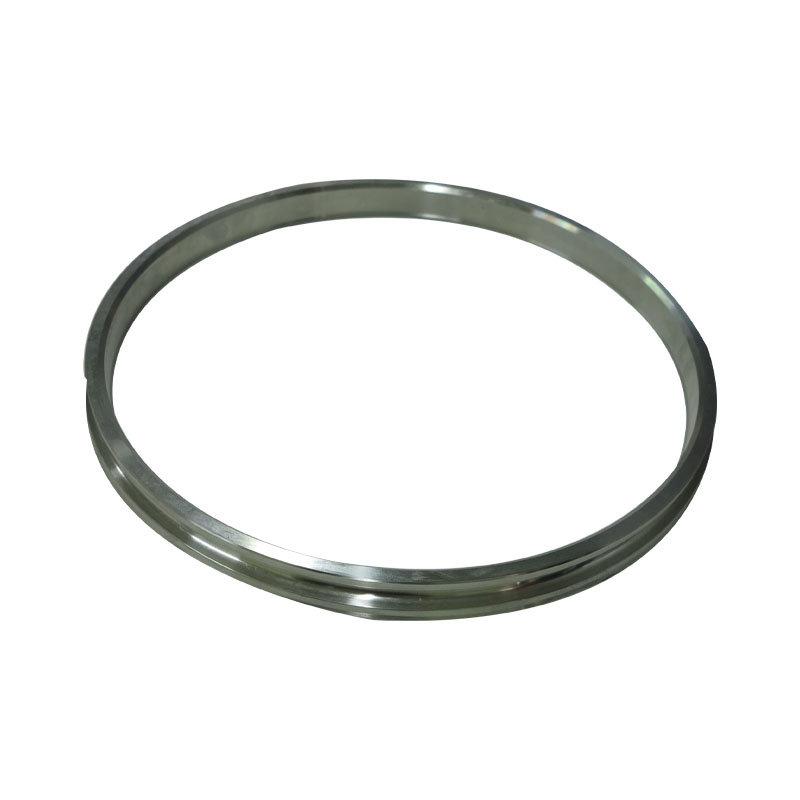The processing of stainless steel flange needs to understand and pay attention to some problems:
1, weld defects: stainless steel flange weld defects are more serious, if it is to use manual mechanical grinding treatment method to make up, then the grinding marks, resulting in uneven surface, will affect the appearance;
2, polishing and polishing passivation is not uniform: pickling passivation treatment after manual grinding and polishing, for large workpiece area, it is difficult to achieve uniform treatment effect, can not get the ideal uniform surface. It also has the disadvantage of man-hour costs, accessories costs are higher;
3, scratches are difficult to remove: overall pickling passivation, in the presence of corrosive medium will occur chemical corrosion or electrochemical corrosion and rust, also can not remove due to scratches, welding splash and adhere to the surface of stainless steel carbon steel, splash and other impurities;

So how to solve the problem of stainless steel flange processing?
1, select blanking, after completion, into the next process, different stainless steel workpiece according to the processing requirements into the corresponding process;
2, bending to the first on the size, according to the drawing stainless 304 seamless steel tube material thickness to determine the bending with knives and knife trough, avoid products with cutting tool collision caused deformation is the key to the selection mode (in the same products, may use different models of upper die), and the selection of lower die determined according to the thickness of the plank.
3, in order to welding is firm, on to the welding workpiece convex point, can make the bumps in front of the electric welding and plate uniform contact, to ensure the consistent of each point to heat, welding position can be determined at the same time, the need for welding, to adjusted the preloading time, the holding time, maintaining time and rest time, ensure the workpiece can spot welding is firm.
What are the accuracy requirements of large flanges?
Large flange as a sealing fastening joint, simple installation, sensitive position, long service life. It is widely used in large containers in the aviation, petroleum and chemical industries. First, large flange welds pass 100% ultrasonic or radiographic inspection. The appearance of the large flange shall be free of cracks or other defects that reduce the connection or strength of the flange.
Long diameter large flanges, when the working pressure is equal to or greater than 0.8 times of the maximum allowable working pressure in the code, the welding seam of the large flanges and pipe shall be 100% X-ray film. Check. This inspection method shall be carried out in accordance with the rules of JB4730.
Ultrasonic inspection of large flanges is a qualified product, and the radiation requirement is grade II. If the type of pressure vessel with large flange position does not meet the above requirements for inspection of vessel shell, it shall be carried out according to the contract or drawings.
What problems should be paid attention to in the daily use of flange?

Standard use of flange can reduce the use of a variety of situations, and then look at the need to pay attention to the problem.
1, the application of stainless steel flange handwheel, do not use lever or other tools, so as not to damage the valve. The handwheel rotates clockwise to close and vice versa.
2, stainless steel flanged ball valve, globe valve, gate valve when used, can only be fully closed or fully closed, not allowed to adjust the flow, so as to avoid sealing surface corrosion, accelerated wear. Gate and face line globe valves have an inverted seal with the handwheel screwed to the highest position to prevent media leakage from the packing.
3. The bolts of the packing gland of stainless steel flange valve should be tightened evenly, and should not be pressed into a crushing state to avoid stem movement or leakage.
Post time: Jun-18-2021
